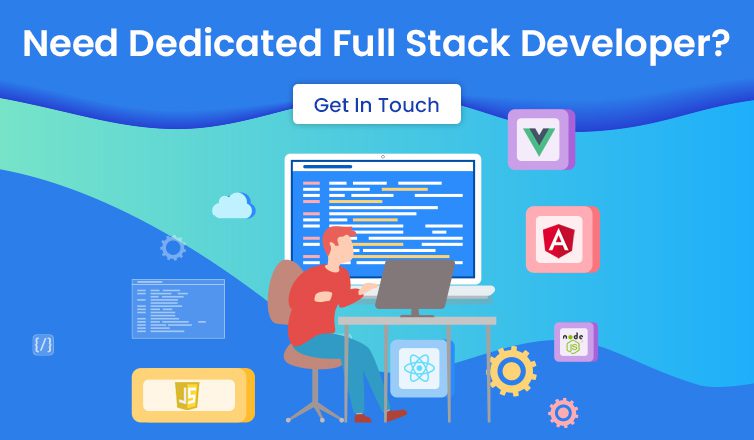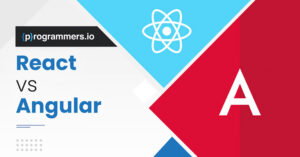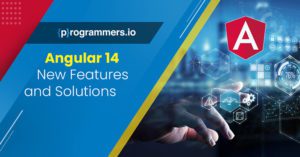5 Things to Know About Angular Development With C#
Did you know that Microsoft created the C# programming language for their own use between 2000 and 2022? Csharp has since become the standard for programming. That’s why many combine C# with angular development.
Are you considering angular development with C#? Do you understand how web development with angular and Csharp works?
The following guide will help explain 5 things you should know about Csharp and angular before getting starting. Read on to learn how the development duo works together.
1. Why is C# Popular?
The basic benefits of C# are what make it so popular with programmers. Perhaps the biggest advantage is how easy the language is to learn. This is why it’s simple for programmers to add Csharp to platforms like Angular.
Coding in C# is also very efficient. It’s a statically typed language that’s easy to read and comprehend. It makes finding errors in your code and other developers’ code easier.
Csharp also makes it simple to write code overall. Reusable code is a prominent feature of C# programming.
Csharp is an Object-Oriented Programming coding language. OOP makes it very efficient, versatile, scalable, and simple to maintain.
The C# community is another key feature. It’s easy to find support and answers compared to other languages because so many people use C#.
Also, the big C# community helps ensure the continued use of the coding language. This is important because you won’t have to worry about it disappearing and having to learn something new.
2. Basic Angular Benefits
The Angular framework was created with an emphasis on model-view-controller architecture. Angular framework efficiently syncs the View and the Model together for results. The View changes with the model’s data.
Two-way binding in the model lets Angular Developers save time and write extra code for continued synchronization progression.
Angular directives influence and enable the two-way data binding previously mentioned. The directives help developers assign unique behaviors to the Document Object Model. This allows engineers to produce rich HTML content.
Angular dependencies define how separate pieces of code work with each other. It’s important because changing one part of the code has a significant effect on other components.
Angular has a large community similar to Csharp. Its strong community helps generate discussions and offers training. It also provides third-party tools for developers to work on.
Many developers prefer Angular because of its long-term Google support. This support has been confirmed by the creators of Angular JS.
3. Change Detection
Change detection is a function created to track changes in an application state. Then, it renders the updated state on the screen. This ensures that the UI stays synchronized with the program’s internal state.
Angular comes with OnPush and Default detection modes. OnPush mode identifies if a planned event has happened yet and if the input has changed. The Default mode triggers change detection for every application tick.
You don’t need to change your data when using Angular JS. Just state your input through the framework, and the application picks it up and works on it. You can also enhance the application by adding NgZone.
4. TypeScript Usage
TypeScript is a common programming language created by Microsoft. It’s designed for developing big applications and translates one language to another.
The vast majority of developers use TypeScript for their Angular applications. You can push your application of the tool up to get maximum value.
There are online resources covering techniques to manage type interference, advanced types, and unions. Studying these resources helps build your knowledge of them and prepares you for future usage.
5. Angular’s DI
DI is a technique used to ensure one part receives other parts that it depends on. The receiving part is usually called a client, and the other parts are called services. The code that sends services to the client is the injector.
Dependency Injection (DI) on Angular is precisely what makes the platform so powerful. Although, many organizations do not use DI to its full potential.
DI is a great way to make parts more abstract. Tokens and factories are crucial applications of Dependency Injection. They make your application much more modular than it is currently.
Angular also comes with bindings and template decorators. They push developers to write and determine declarative code. The method has several benefits over imperative code.
Other Angular Features to Know
Angular supports the creation of Single Page Applications (SPA). Pages load faster if a programmer develops a SPA using Angular. It works on every platform and gives a good user experience that’s simple to maintain.
The Angular framework produces templates using HTML. It’s a declarative language used by many because of its great scalability. Templates include things like filters, directives, and form controls.
Using a declarative UI helps make things easy to understand and change. HTML allows designers and developers to work together.
Angular offers real-time testing. It allows both unit and end-to-end testing. Testing features evaluate how the parts of your web application are created. Also, real-time tests show how to fix their dependencies.
Angular is great for creating high-quality dynamic web applications. It’s feature-rich, and developers don’t have to rely on third-party software.
Using Angular Development with C#
Now you know how Angular Development with C# works and the benefits of each. They are both easy to use and have great communities and support. Consider this effective combination for your next web development project.
Please feel free to contact us if you have more questions about C#, Angular, or wish to hire an expert.












